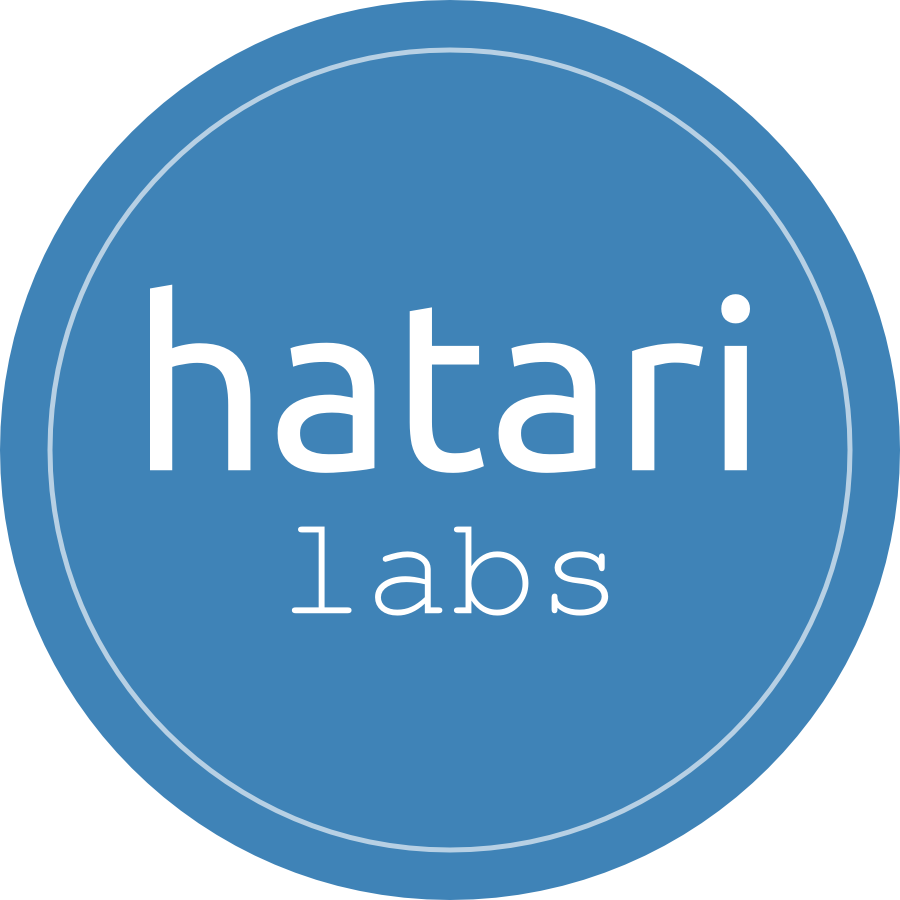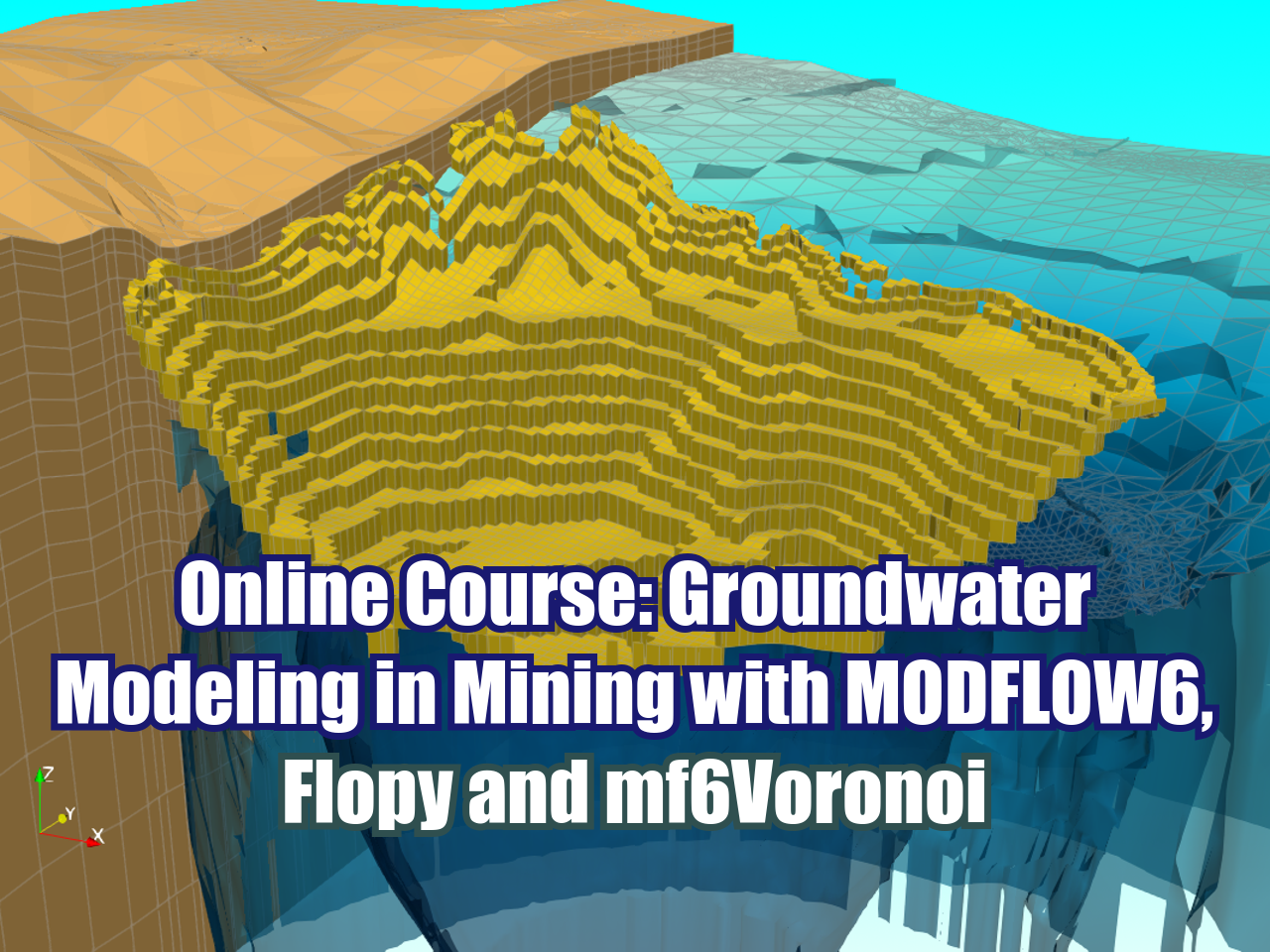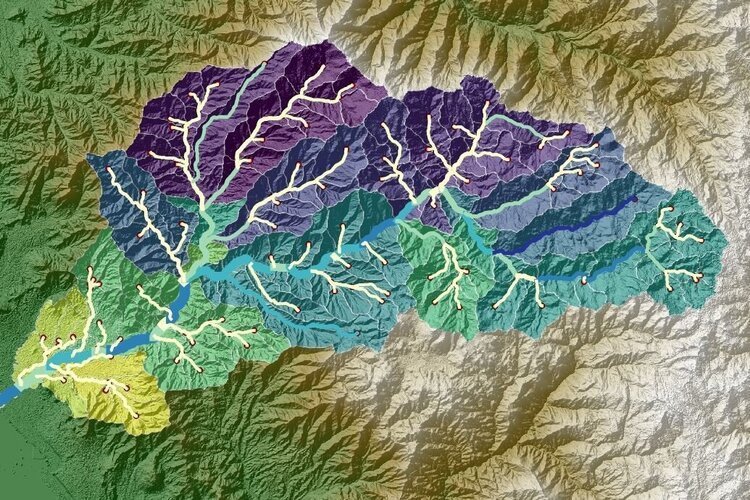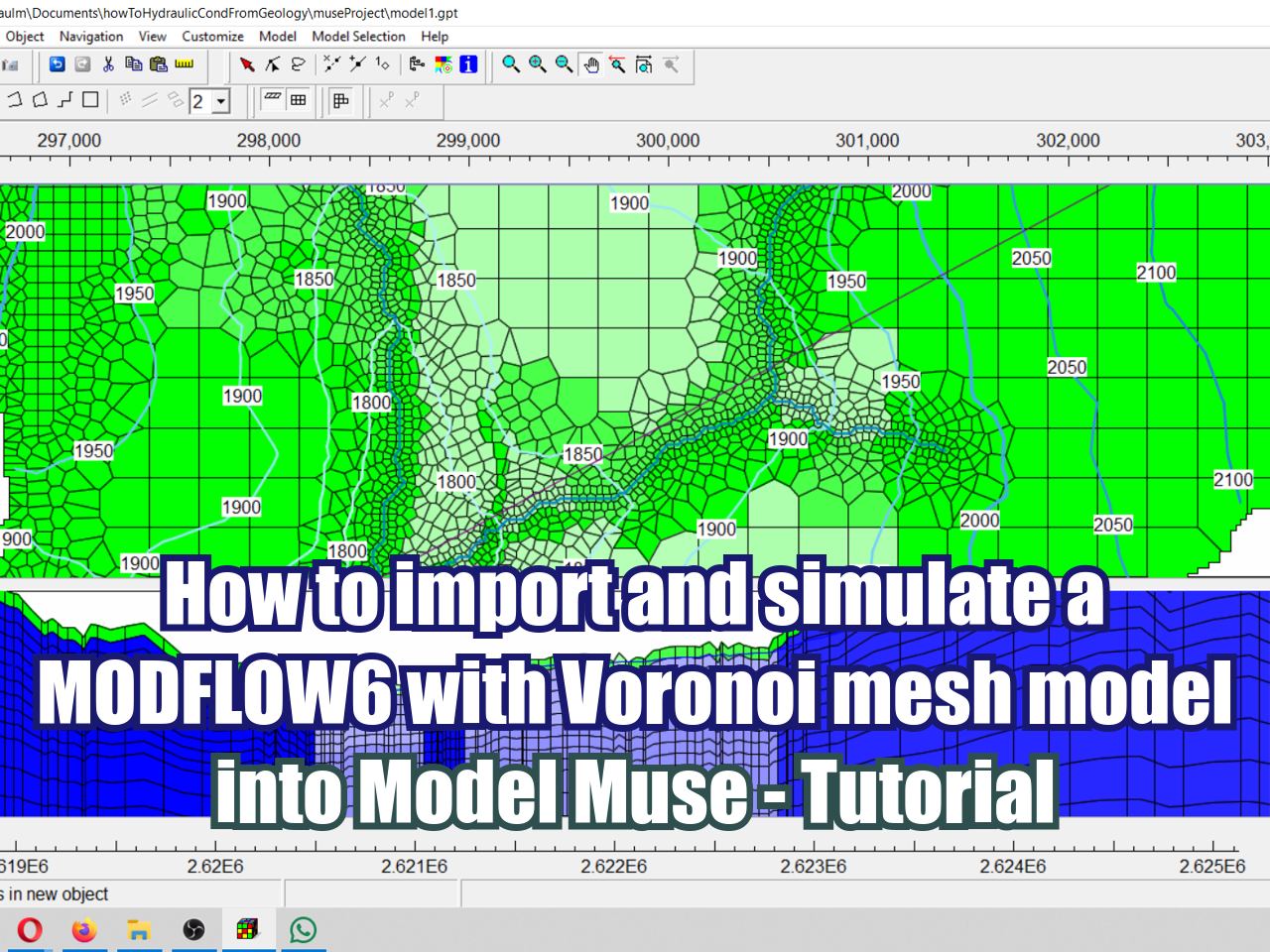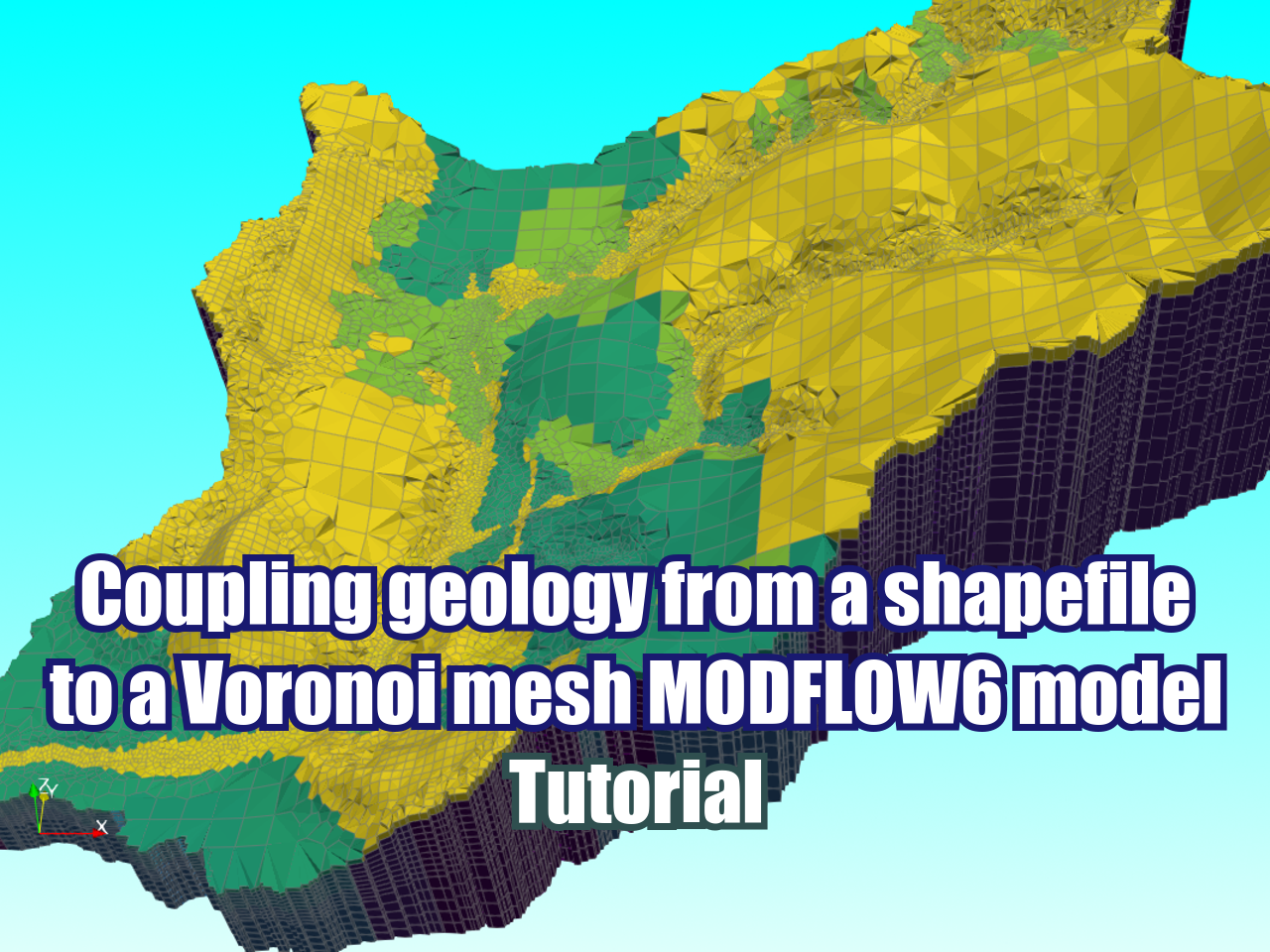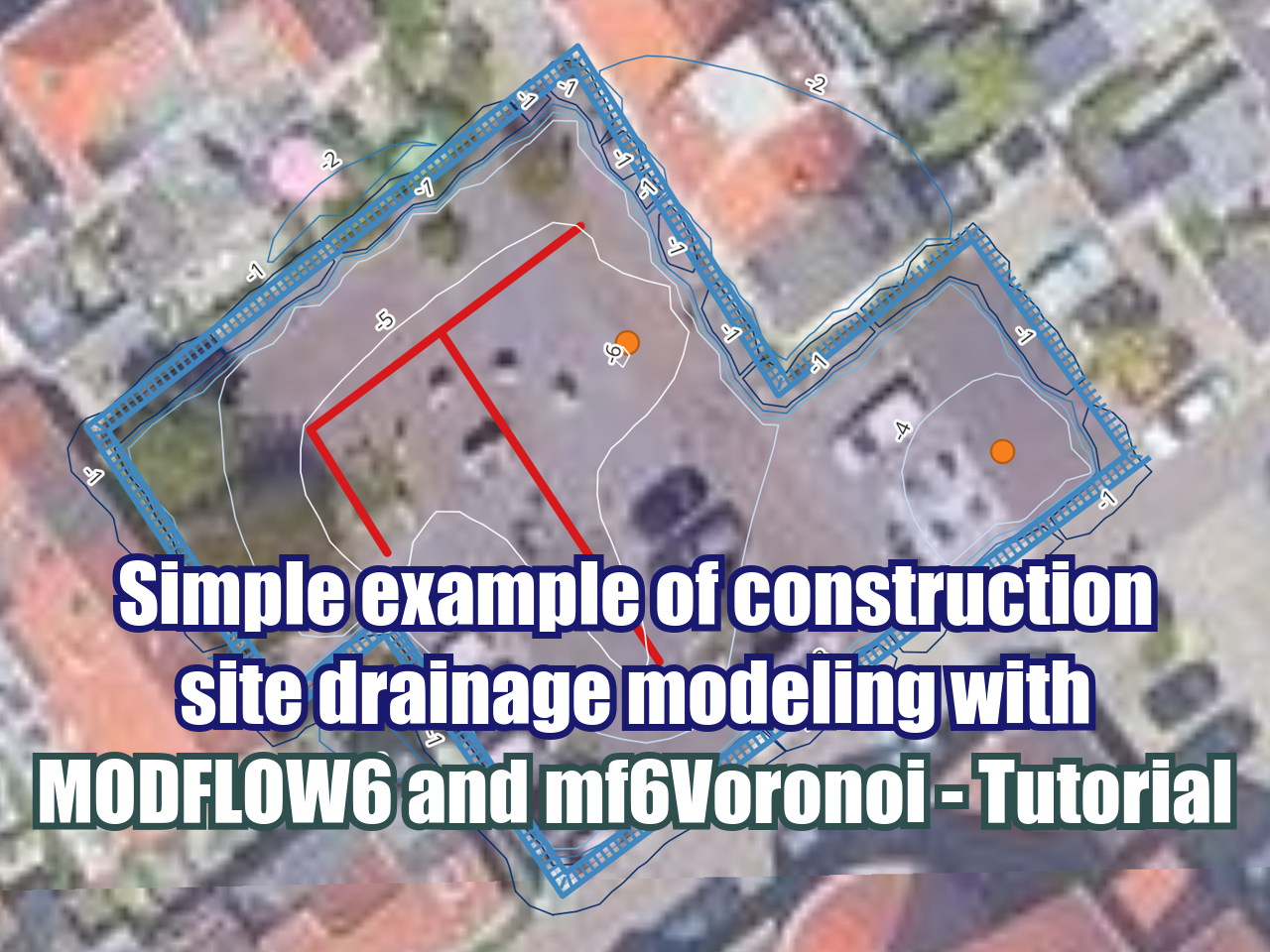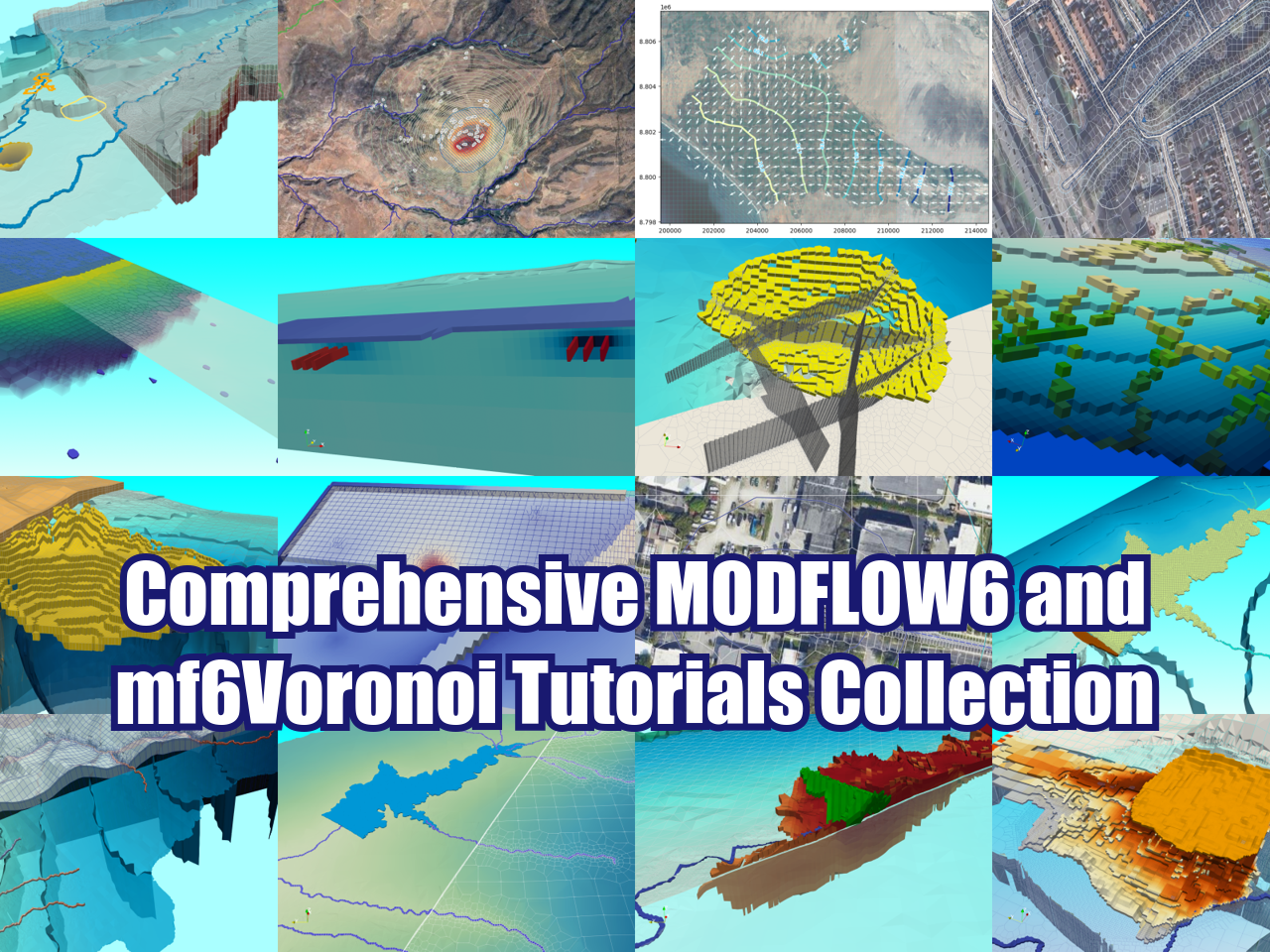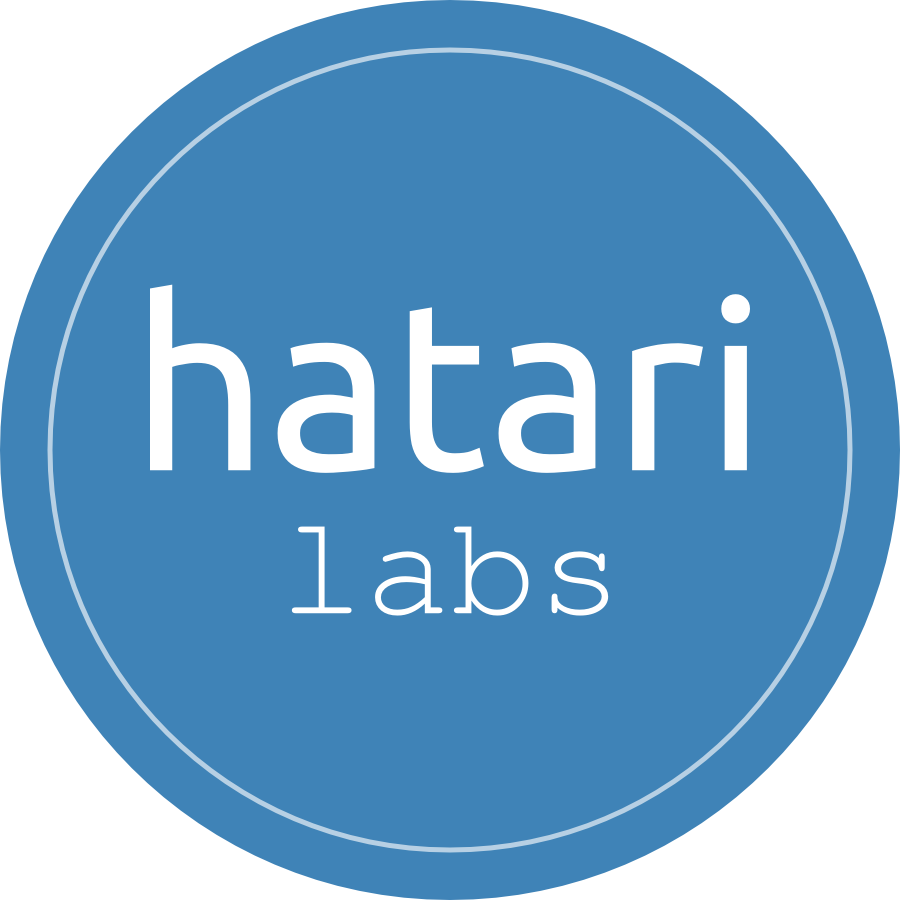FloPy is the Python library that builds and runs a set of MODFLOW models and utilities like its latest version: MODFLOW6. This library has been enhanced to provide comprehensive support for MODFLOW 6, with most of its development focused on MODFLOW 6 functionality. The package includes tools for working with spatial vector and raster data, implements most of MODFLOW6 packages and options, as well as common plotting and export functionalities.
This course introduces participants to the open-source Python programming language and FloPy library for MODFLOW 6 modeling. The course has applied examples that create model input files, run models, and analyze simulation results.
Objectives
The course aims to provide students tools for creating, running and analyzing groundwater flow models in MODFLOW6. By the end of the course, participants will be able to:
Understand the Python and FloPy environments with MODFLOW 6.
Review the main functionalities of Flopy for MODFLOW 6.
Analyze and plot MODFLOW6 output using Python and FloPy.
Content
Session 1: Transient groundwater modeling with confined/unconfined layers in MODFLOW6
Basic example of MODFLOW 6 groundwater flow modeling with Flopy. The model is multilayered and runs on transient conditions with the recharge, well and river boundary conditions implemented. The example also loads model results and creates head distributions with flow direction plots with Matplotlib.
Define mf6 simulation and groundwater model
Define boundary conditions, write and run model
Import model data and head representation
Session 2: Groundwater modeling with wells and regional flow in with MODFLOW-6 and FloPy
This session shows the complete procedure to setup, run and visualize a basic groundwater model in MODFLOW 6 with FloPy. The model has 2 stress periods, 800 cells, 2 layers with constant heads on the sides to represent regional flow and pumping wells located on different layers.
Define simulation and solver options
Assign parameters and boundary conditions
Generate output representation for heads grids and contours
Session 3: Basic example of groundwater modeling in MODFLOW-6 and visualization with Paraview and FloPy
Basic example to learn the procedure to build, simulate and represent a MODFLOW 6 model with Flopy. The example shows an introduction to the model file system on steady state flow conditions. The model is implemented with the following boundary conditions: Drains, Recharge, Wells, and Constant Head and has 30 rows, 24 columns and 3 layers.
Create simulation, model and register solver
Definition of steady and transient stress periods
Output representation in matplotlib (2D) and Paraview (3D)
Session 4: Simulation of well pumping impact with local refinement and particle tracking
A complete example that covers the generation of a local grid refinement with the Gridgen utility and Flopy. The result from the generated grid is imported into a MF6 simulation where the impact of a well is simulated over a steady state model. Finally a particle tracking model is performed with MODPATH7 in backward direction that shows the capture zone of the well.
Create a gridgen discretization
Create simulation and model
Run particle tracking simulation
Session 5: Create a MODFLOW 6 model from geospatial data with Python and Flopy
This is an applied case of groundwater model discretized from ESRI Shapefiles with refinement areas. Boundary conditions are also set up from spatial data with the intersect functionality of Flopy. Model surface and layer bottom are imported / processed from xyz point data. The simulation is run for one steady and ten transient stress periods and results are plotted for head on aerial view and cross section.
Define refinement areas and spatial / temporal discretization
Create a gridgen discretization
Define simulation and model
Geospatial model output visualization
Session 6: Regional groundwater flow modeling with Voronoi mesh on MODFLOW6 DISV
This example develops a groundwater model in MODFLOW6 DISV that implements a Voronoi mesh generated from the basin boundary and river network. On the Voronoi mesh, the refinement levels are defined by a minimum cell size, maximum cell size and a multiplier. The tutorial covers all steps on model discretization, construction, simulation and 2D visualization.
Voronoi mesh generation
Model construction and simulation
Definition of the intersect object
Output Control and run simulation
Methodology
Here are some details of each methodology:
The course consists of online classes and has manuals, input data and live support through meet or chat.
All classes are recorded and available on our online platform.
There is an exam required to get the course certification.
Date and time
September - 2024 (Central European Time (CET) - Amsterdam)
Tuesday 4, 2025 from 6:00 pm to 7:30 pm.
Thursday 5, 2025 from 6:00 pm to 7:30 pm.
Tuesday 11, 2025 from 6:00 pm to 7:30 pm.
Thursday 13, 2025 from 6:00 pm to 7:30 pm.
Tuesday 18, 2025 from 6:00 pm to 7:30 pm.
Thursday 20, 2025 from 6:00 pm to 7:30 pm.
Cost and payment method
Discount available if you pay before February 15, 2024.
The cost with a 20% discount is $ 200 dollars.
The normal cost is $ 250 dollars.
Register
You can make the payment and register in our new ecommerce site:
After payment send us a message to: saulmontoya@hatarilabs.com in order to confirm your enrollment in the course.
